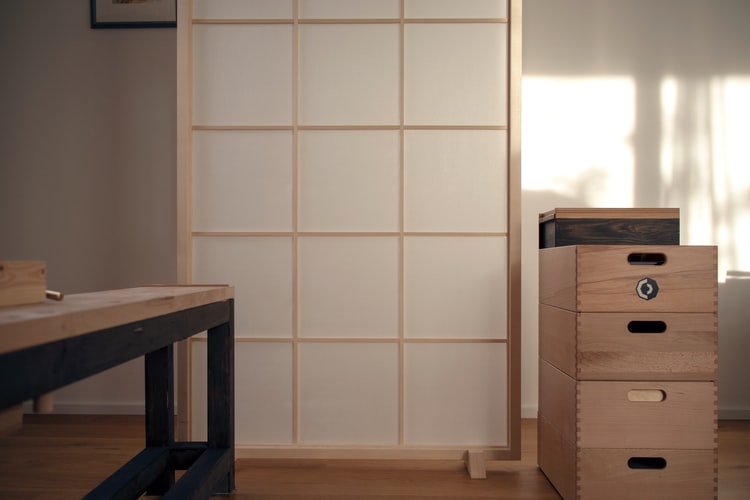We recently interviewed Adam Duffield of Diamond Shutters to find out what were the most unusual and eye-catching blinds available if you want to really create a unique personal space. He told us: “If you want to know about really different blinds you have to think vertical rather than horizontal. You see them some places, but I would say that the most unusual of the styles for my money has got to be the Shoji blind style.”
Interesting. We took his information and ran with it to do a little bit of our usual research. Blinds and shutters have really come into vogue in recent years. Truth to tell they never really, completely went out of fashion. There is an almost bewildering array of different types including, but not limited to, plantation shutters, Venetian blinds, Roman blinds, café style shutters, solid shutters, and tier on tier variants. It is only when it is pointed out to you that you realise the one blindingly obvious fact. All of the aforementioned window coverings have a horizontal orientation for the bars, slats or whatever that make them up. The one exception that proves the rule maybe is the solid shutters.
The first thing to explore is just what is Shoji, where does it come from and what does it mean?
Surprisingly, the Encyclopaedia Britannica article on Shoji almost feels incomplete as it does not include a great deal of fascinating information available elsewhere. While it touches on the fact that they are of Japanese origin and originally referred to moveable panels that could be rearranged to subdivide a room space and control light the only other nugget of information relates to their venerable age, dating back a far as the Kamakura period starting 1192 and being part of the shoin style of architecture.
Apparently, these mobile room dividers although used in the most refined and upmarket of households originated in times of economic hardship. Times when it was not possible to build the ornate, fixed structures that had become prevalent in preceding periods of Japanese history. Very rapidly though they became valued for their ability to almost remove the demarcation between outside and inside, the way that light in the home could be controlled to an incredible degree and the amount of pure flexibility they added to the living space. Simple and easy to create with basic hand tools they allowed the complete redesign of the inside of a home almost at whim and homes were designed with multiple flexible tracks to slot the solid sheets into or ways to allow them to be folded back to expose or conceal spaces.
What, you may be wondering, does this have to do with window coverings? Well, you will often find that the Shoji blinds which Adam was referring to are, as he said, formed of vertically oriented strips that often are closed on a vertical axis. This piqued our curiosity further, however, and digging a little bit deeper it transpires that it is also possible to equip your home with the traditional sliding panels of yore. Either way they are sure to be a conversation piece in your home.



